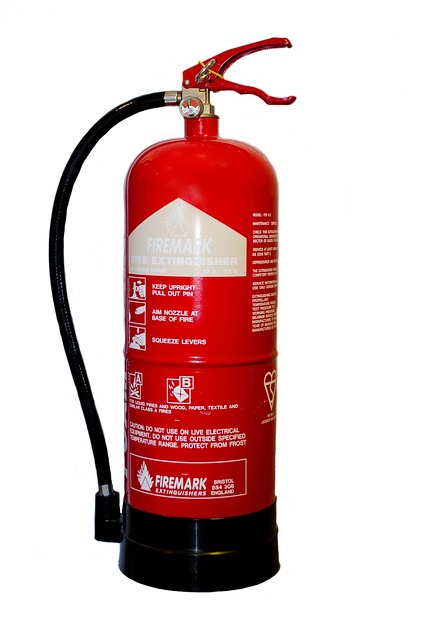Emergency pest control services address immediate risks posed by wildlife in human habitats, stemming from habitat destruction, natural disasters, or urban overpopulation. These professionals safely remove animals, mitigate risks, and offer solutions to prevent future incidents, maintaining ecological balance. In urban areas, they tackle property damage caused by invasive species like raccoons, squirrels, and birds. Utilizing non-lethal techniques, humane traps, and habitat modifications, emergency pest control experts prioritize safety and ethical standards while navigating legal considerations. Proactive measures like securing garbage bins, landscaping modifications, and regular inspections also reduce wildlife infestations.
In the face of unexpected wildlife encounters, effective emergency control becomes a vital service. Understanding when and why immediate action is necessary can prevent potential hazards and damage to both properties and ecosystems. This article explores common wildlife issues demanding swift attention, highlighting the critical role of professional services in providing safe and humane solutions. We’ll delve into legal considerations, regulations, and preventive measures for effective emergency pest control while ensuring ecological balance.
Understanding Emergency Wildlife Control: When and Why It's Necessary
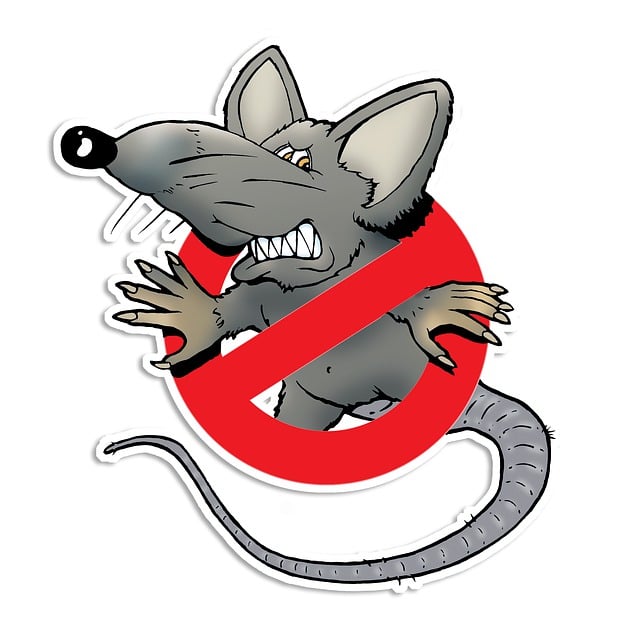
In many situations, wildlife can pose significant risks to human health, property, and even agriculture. This is where emergency wildlife control comes into play. It’s a specialized service designed to address immediate and pressing issues related to wild animals that have entered human habitats or are behaving dangerously. These emergencies may arise from various factors, such as habitat destruction, natural disasters, or simply an overabundance of wildlife in urban areas.
When left unchecked, wildlife can cause extensive damage, from destroying crops and gardens to carrying and transmitting diseases. Moreover, certain animals can become aggressive, especially when they feel threatened or are protecting their young. In such cases, emergency pest control experts step in to safely remove the animals, mitigate potential risks, and offer solutions to prevent future incidents. Their swift action ensures the well-being of both humans and wildlife, maintaining a delicate balance in the ecosystem.
Common Wildlife Issues That Require Immediate Attention
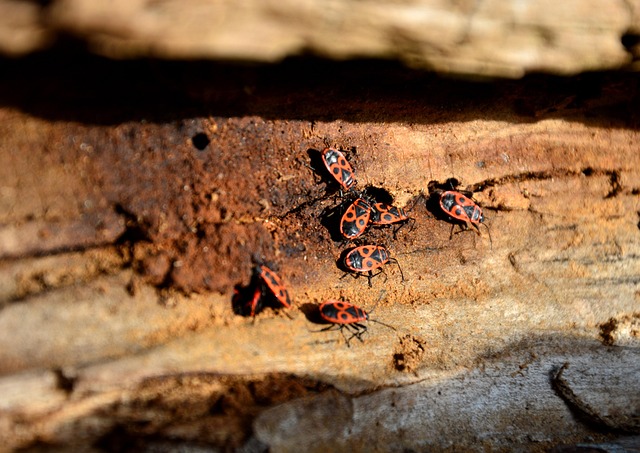
In many urban and suburban areas, emergency wildlife control becomes a crucial aspect of maintaining a safe and healthy environment. Common wildlife issues that require immediate attention include invasive species like raccoons, squirrels, and birds that can cause significant damage to properties by chewing through wires, insulation, and even structural materials. These pests not only pose safety hazards but can also lead to costly repairs.
Additionally, certain wild animals may become aggressive or carry diseases that pose risks to human health and domestic pets. Emergency pest control services are essential in handling situations involving sick, injured, or distressed wildlife. Prompt intervention ensures the well-being of both humans and animals while mitigating potential environmental impacts.
The Role of Professional Wildlife Control Services
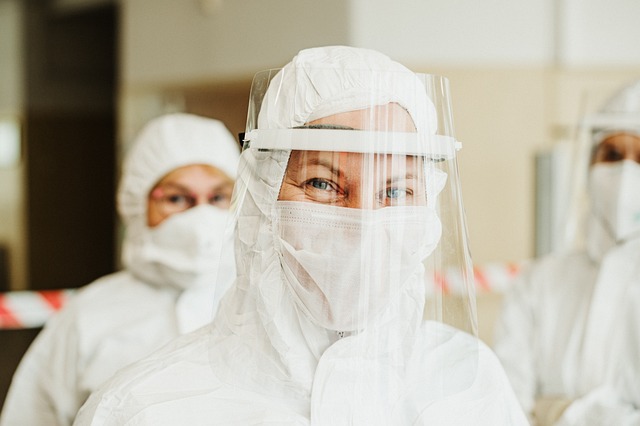
When dealing with unexpected wildlife incursions, especially in emergency situations, turning to professional wildlife control services is paramount. These experts are trained and equipped to handle a wide array of animal-related issues, from invasive species to distress signals from native creatures. Their swift intervention can prevent potential harm to both humans and animals, ensuring safety and minimizing damage.
Professional wildlife control offers specialized knowledge and humane methods for removing problem animals, such as squirrels, raccoons, or even more dangerous species. They employ advanced techniques, including live traps, exclusion strategies, and habitat modification, to resolve conflicts effectively. These services are invaluable in emergency pest control scenarios, providing immediate assistance and long-term solutions tailored to the unique needs of each location.
Safe and Humane Methods for Managing Wildlife Intrusions

When addressing wildlife intrusions, it’s paramount to employ safe and humane methods that respect both the animals and human well-being. Emergency pest control professionals are trained to handle these situations with care, utilizing techniques that minimize stress and injury to wild creatures. Non-lethal approaches like exclusionary strategies, habitat modification, and repellents are often the first line of defense. These methods aim to deter wildlife from entering homes or businesses without causing harm, ensuring a peaceful coexistence.
Humane traps, designed to capture animals alive, are another crucial tool in emergency pest control. Once captured, trained personnel can safely relocate the wildlife to more suitable habitats, far from residential areas. This process demands expertise and sensitivity, as it involves handling diverse species with care, preventing potential legal issues, and upholding ethical standards in wildlife management.
Legal Considerations and Regulations in Emergency Pest Control

In the swift and often unpredictable nature of emergency wildlife control, it’s paramount to understand the intricate web of legal considerations and regulations that underpin these operations. Each jurisdiction has its own set of guidelines governing how wildlife interactions should be handled, especially in situations requiring immediate action. These laws are designed to balance the need for swift intervention with the conservation of native species and public safety.
Professionals in emergency pest control must stay abreast of local, state, and national regulations, ensuring their methods adhere to the highest standards. This includes obtaining necessary permits for trapping or relocation, following specific protocols for handling endangered species, and adhering to guidelines on the use of traps and repellents. Compliance is not just a legal obligation but also ensures that these interventions are effective and sustainable in the long term, fostering a harmonious coexistence between humans and wildlife.
Preventive Measures: Reducing the Risk of Future Wildlife Invasions
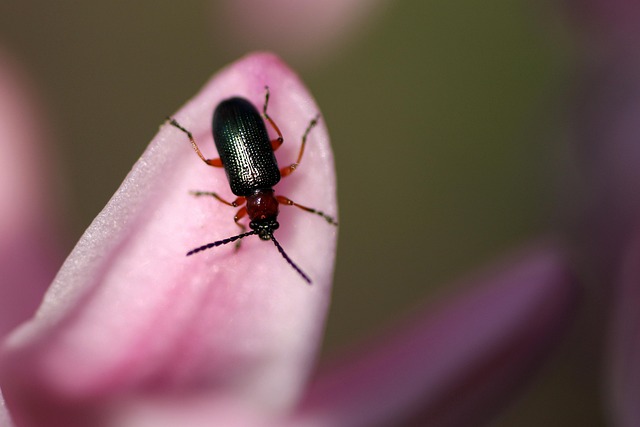
In addition to addressing immediate wildlife invasion issues through emergency pest control services, proactive measures are crucial in reducing the risk of future incidents. Property owners can play a significant role in deterring wildlife by implementing certain preventive strategies. One effective approach is to ensure proper trash management by securing garbage bins with tight-fitting lids, regularly cleaning outdoor dining areas, and avoiding leaving food out in the open. Wildlife, particularly rodents and birds, are attracted to easy-to-access food sources, so eliminating these attractions can deter them from seeking entry into homes or structures.
Landscaping modifications can also be beneficial. Trimming trees and shrubs near buildings, filling in any gaps or crevices in walls or fences, and removing potential nesting sites like dense vegetation or abandoned structures significantly decrease the likelihood of wildlife infestations. Regular inspections are another critical preventive measure; periodic assessments of homes and properties allow for early detection of any signs of wildlife activity, enabling prompt action before issues escalate.
